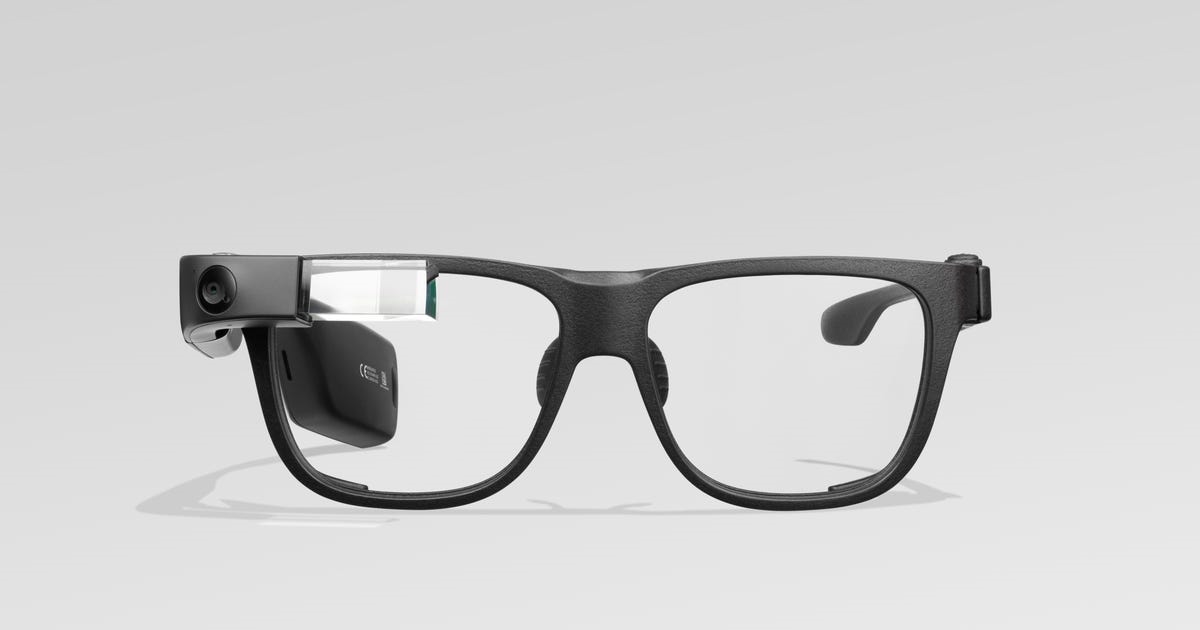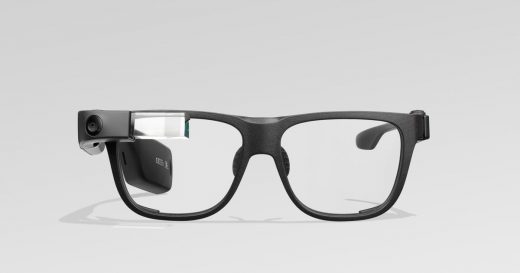Google Takes Another Look At Smart Glasses, Focuses On Translation
Google Takes Another Look At Smart Glasses, Focuses On Translation
Voice interactions in search technology could become the backbone of a new product from Google. The teased technology during the “one more thing” moment at the end of its main Google I/O 2022 keynote, showing off a pair of smart glasses that looks much different than what marketers might expect. The company did shy away from calling them by their former name, Google Glass.
The demonstration highlighted an additional 24 new languages to Google Translate, and the introduction of the ability to translate one language, such as Spanish, to another, such as English. The goal—to breakdown language barriers through augmented reality.

Sundar Pichai, Alphabet and Google CEO, introduced the early prototype. He said Google took years of research and integrated it into glasses in hopes the technology will fade into the background during everyday life. It will enable people to communicate regardless of any language they speak.
It’s been years, April 2013, since Google Glass started selling as a prototype, and then became available to the public in May 2014. It released photos as a concept in April 2012.
During the company’s 2012 I/O conference Sergey Brin interrupted Vic Gundotra, Google’s senior vice president, during a keynote about Google+. Gundotra introduced Brin’s presentation as “magical.”
“This can go wrong in about 500 different ways,” Brin said, asking the audience if they wanted to see a live demonstration of Google Glass.
It’s been a long road since then, with executives like Tony Fadell, the former Apple executive and co-founder of Nest, came and went.
Now there are many types of smart glasses on the market offered by companies such as Microsoft, as well as Meta, which hooked up with Ray-Ban to develop Ray-Ban Stories Smart Glasses, a type of smart sunglass.
Google’s latest development looks more like a combination of what has come to be known as “smart assisted reality glasses.” Rather than a pair of augmented reality glasses, the latest version of Google’s glasses would support audio functions. It seems as if the glasses will focus on search via speech technology. The tech inside the glasses would respond via voice. This, of course, could change in time.
Google could have a way to go to get the technology perfected. Rami Ismail in a tweet congratulated Google for getting Arabic script backwards and disconnected during Picha’s presentation of Google Translate because small independent startups like Google can’t afford to hire anyone with a 4-year-old’s’ elementary school level knowledge of Arabic writing.
The translation did occur in a pair of AR glasses, so any future development and integration of innovation is possible.
For right now, anyway, from Google’s demonstration this week, the glasses are meant to do one thing, display translated text. It’s not meant to replace the smartphone or tablet.
(39)


